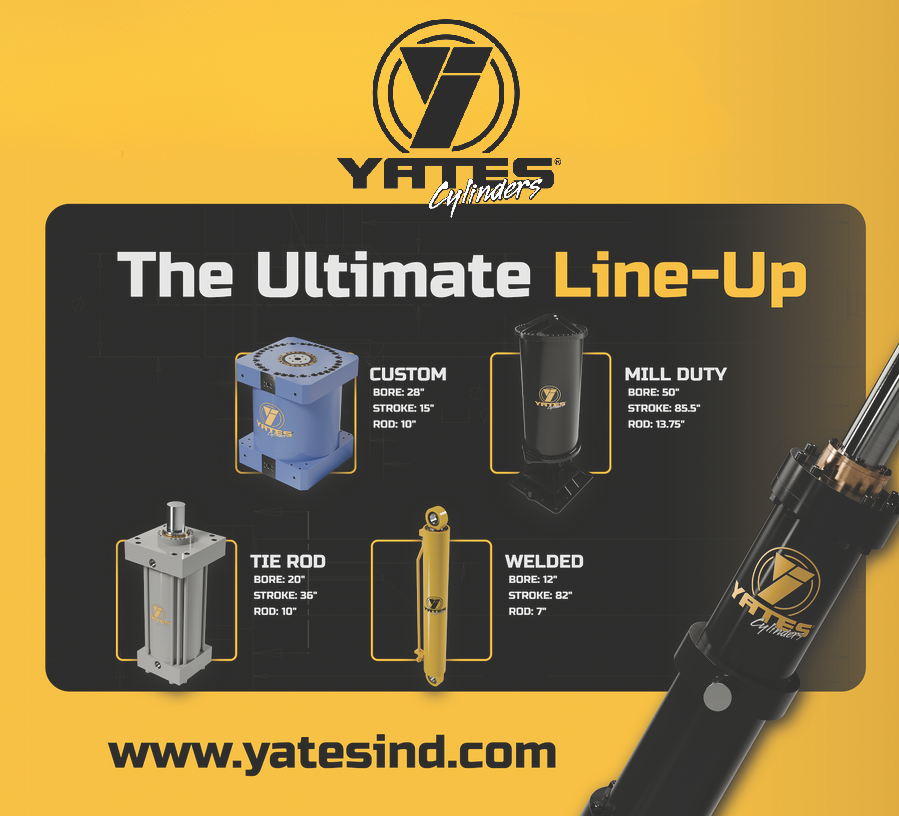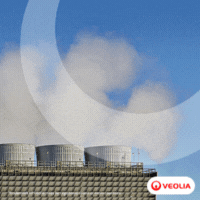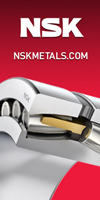Oregon Steel Reports 4th Quarter Results
03/01/2006 -
March 1, 2006 — Oregon Steel Mills, Inc. announced net income of $33.0 million on sales of $327.4 million for the fourth quarter of 2005.
Fourth Quarter Results—The $33.0 million net income ($0.92 per diluted share on 35.8 million shares) compares to a net income of $44.8 million ($1.27 per diluted share on 35.1 million shares) for the fourth quarter of 2004.
Excluding Special Items, net income from continuing operations was $25.9 million ($0.72 per diluted share). The pre-tax effect of Special Items includes: a $26.3 million gain from the sale of real estate and other assets at the company's former Napa, Calif., pipe mill and a $15.2 million impairment charge for the pipe mill assets and other related assets still owned by the company at the Napa location.
Operating income was negatively impacted by approximately $4.0 million for pretax period costs related to the new electric arc furnace installation and startup and the restart of the seamless tube mill at the company's majority-owned subsidiary, Rocky Mountain Steel Mills (RMSM). In addition, the company estimates installation of the new EAF reduced cast steel and finished steel production by approximately 130,000 tons and 40,000 tons, respectively, resulting in lower shipments and higher-than-normal conversion costs for rail and rod and bar products.
During the fourth quarter of 2004, the company recorded a $2.0 million pretax charge related to an early retirement option granted to certain RMSM employees. Net income for the fourth quarter of 2004 before the $2.0 million early retirement charge was $46.7 million ($1.33 per diluted shares on 35.1 million shares). Also during the fourth quarter of 2004, the company's income tax expense was $0.6 million, compared to income tax expense of $18.7 million in the fourth quarter of 2005.
Sales of $327.4 million compare to 2004 fourth quarter sales of $302.0 million. Average sales price per ton was $863, which compares to $840 in the fourth quarter of 2004. Overall shipments were 379,200 tons, compared to 2004 fourth quarter shipments of 359,400 tons. The increase in shipments is primarily due to increased shipments of welded pipe, structural tubing and rod and bar products, partially offset by lower shipments of rail products due to the Furnace Installation noted above. The increases in sales and average sales price per ton were primarily due to higher shipments of welded pipe products and higher average selling prices for welded pipe and rail products, partially offset by lower average selling price for plate, rod and bar and structural tubing products.
Operating income was $57.5 million, or $46.4 million (an average of $122 per ton) before Special Items. This compares to operating income of $55.4 million (an average of $154 per ton) in the fourth quarter of 2004. Operating income for the fourth quarter of 2004 before the Early Retirement Charge of $2 million was $57.4 million (an average of $160 per ton).
Earnings before interest, taxes, depreciation and amortization (EBITDA) was $68.9 million ($57.8 million exclusive of Special Items) compared to $64.0 million ($66.0 million exclusive of the $2.0 million Early Retirement Charge) in the fourth quarter of 2004. Decreased operating income and EBITDA before Special Items during the fourth quarter of 2005 compared to the fourth quarter of 2004 reflects the $4.0 million of RMSM Furnace Installation and seamless mill startup expenses, higher unit conversion cost as a result of lower production at RMSM and lower average selling prices for plate, rod and bar and structural tubing, partially offset by higher total shipments, higher average selling prices for welded pipe and rail products, and lower average scrap costs.
Liquidity—At December 31, 2005, the company had $178.3 million of cash, cash equivalents and short-term investments. Total debt outstanding, net of cash, cash equivalents and short-term investments was $132.1 million at December 31, 2005 compared to $236.6 million at September 30, 2005. During the fourth quarter of 2005, the company incurred capital expenditures of $21.0 million; depreciation and amortization was $10.0 million. For all of 2005, capital expenditures and depreciation and amortization were approximately $80.4 million and $39.7 million, respectively. For 2006, the company anticipates that capital expenditures and depreciation and amortization will be approximately $88 million and $42 million, respectively.
At December 31, 2005, inventories were $301.5 million, which compares to $346.7 million at September 30, 2005. The decrease in inventory is primarily due to the reduction of semi-finished inventory at both RMSM and at the company's Portland, Ore., steel mill.
2006 Outlook—For 2006, the company expects to ship approximately 1.75 million tons of products and generate approximately $1.48 billion in sales. This compares to approximately 1.5 millions tons of shipments and $1.26 billon in sales for 2005. In the Oregon Steel Division, the product mix is expected to consist of approximately 540,000 tons of plate and coil, 320,000 tons of welded pipe and 80,000 tons of structural tubing. The company's RMSM Division expects to ship approximately 400,000 tons of rail, 335,000 tons rod and bar products and 80,000 tons of seamless pipe.
Jim Declusin, the company's President and CEO, stated, "While the installation of the new single furnace operation and the restart of the seamless mill at RMSM and the improvements to the large diameter pipe mill capability at our Camrose, Alta., facility negatively affected our operational and financial performance in the third and fourth quarters of 2005, these three projects have paved the way for lower costs and more product offerings for 2006 and beyond.
"As we anticipated, the energy markets that we serve have continued to build momentum and when the spiral weld pipe mill being constructed in Portland, Ore., is completed in July of 2006, we will have over 700,000 tons of capacity dedicated to the tubular energy markets. At the same time, our plate, rail and structural tubing businesses continue to perform well with good volume and strong relative pricing. The base price of slab, which is a major cost component in our manufacturing process, has come down 30% from highs reached in 2005, and we believe that the average base cost of slab will be significantly lower in 2006 as compared to 2005. In addition, the higher production that we are forecasting in 2006 should result in lower conversion costs on many of our products and higher overall margins when compared to 2005. As a result of these and other factors, we expect that 2006 operating income from continuing operations will be up significantly over that realized in 2005."
Oregon Steel Mills is organized into two divisions. The Oregon Steel Division produces steel plate, coil, welded pipe and structural tubing from plants located in Portland, Ore., and Camrose, Alta., Canada. The Rocky Mountain Steel Mills Division, located in Pueblo, Colo., produces steel rail, rod, bar, and tubular products.


.png?mediaprotectionhash=3750102d6e35cf158ae995d2a880e68af6bba8e3c74cb3bcacc2f4a4a71af45a&width=220&height=200&ext=.png)
-(1)-Reinhausen-(1).jpg?lang=en-US&ext=.jpg)




-Cutsforth.png?width=100&height=200&mediaprotectionhash=4482cb5f76125ba3348ab8851ab91d4ab118b35e517c017615489ff39c41f1af&ext=.png)